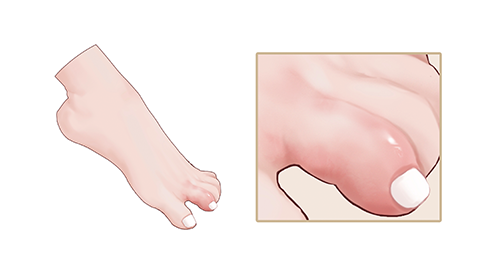Where does gout cause pain?
Gout generally causes pain in the joints of the big toe, ankle, knee, fingers, and wrist. If any abnormalities occur, timely medical consultation is recommended. Detailed analysis is as follows:

1. Big Toe Joint: This is a relatively common site of pain in gout, often manifesting as sudden, severe pain, redness, swelling, and warmth in the joint. Pain worsens with touch or movement, and the initial attack commonly occurs here.
2. Ankle Joint: When gout affects the ankle joint, swelling and pain occur in the ankle. Pain becomes evident during walking or standing, and in severe cases may affect normal walking and lead to limited mobility.
3. Knee Joint: When the knee joint is affected by gout, fluid accumulation within the joint leads to swelling and pain. Pain intensifies when bending or straightening the knee and may be accompanied by increased local skin temperature.
4. Finger Joints: Finger joint pain typically presents as redness, swelling, and pain in one or multiple finger joints. Pain is intense upon pressing and affects fine motor functions like gripping, causing stiffness and difficulty in finger movement during attacks.
5. Wrist Joint: When the wrist joint is involved, pain and swelling occur in the wrist area. Pain becomes evident when rotating the wrist, potentially reducing the wrist's range of motion and affecting daily activities such as carrying objects.
When experiencing pain in the above-mentioned areas, timely uric acid level testing is recommended. It is important to reduce intake of high-purine foods and drink plenty of water in daily life. If pain attacks occur frequently, prompt medical attention and treatment are necessary.







